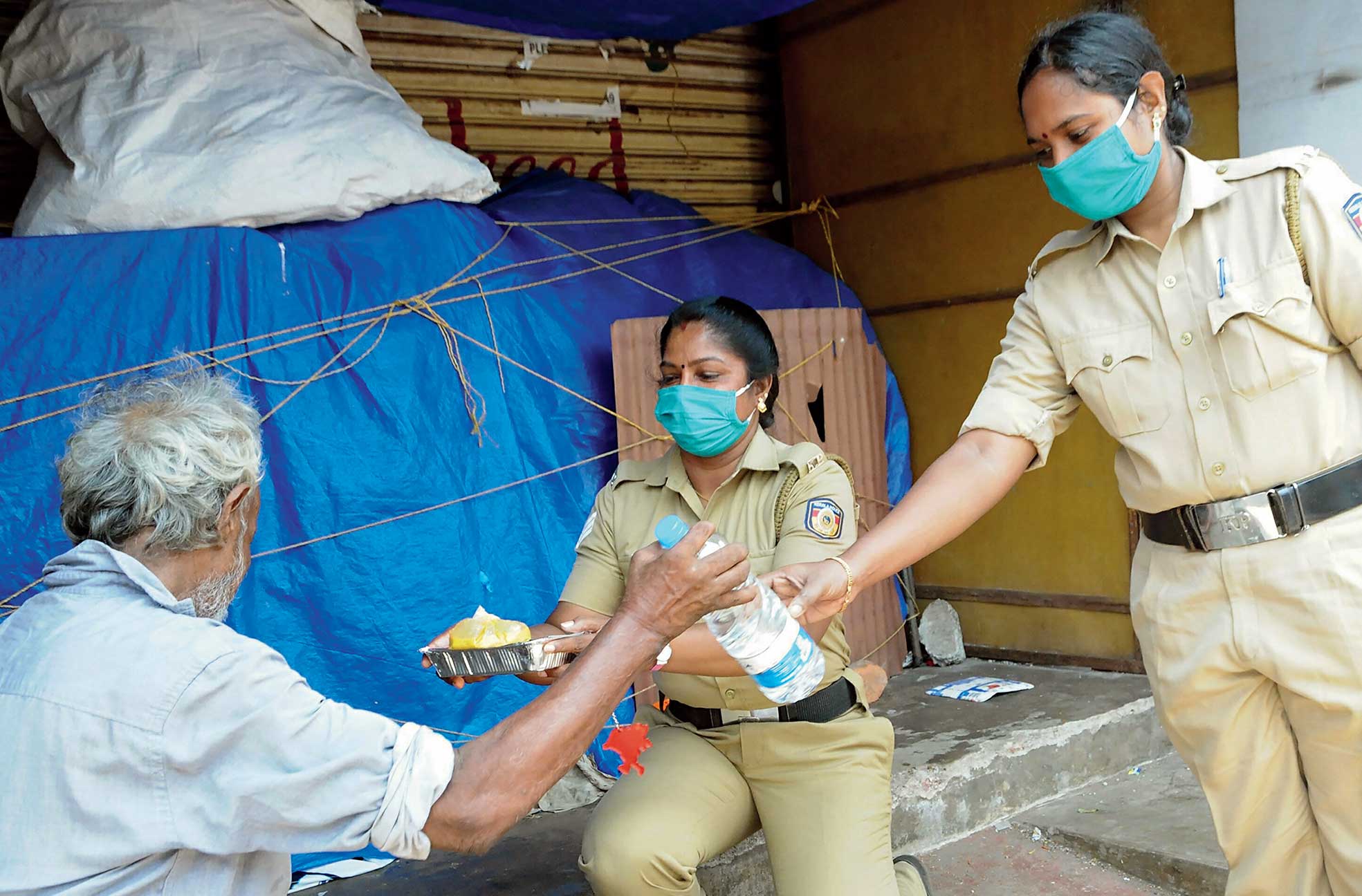Ten more districts in five states have joined 44 others that have not reported new Covid-19 cases for 14 days or longer amid signals that some states are “flattening” their epidemic curves even though India’s total count went past 16,000 on Sunday.
The Union health ministry said 10 districts — Gaya and Saran in Bihar, Bareilly in Uttar Pradesh, Fatehgarh Sahib and Rupnagar in Punjab, Bhiwani, Hisar and Fatehabad in Haryana, and Cachar and Lakhimpur in Assam — are among 54 across 23 states without fresh cases for 14 days or longer.
But the ministry on Sunday recorded 1,324 additional cases overnight from other districts, raising the number of confirmed patients to 16,116, among whom 2,302 have recovered and 519 have died.
An analysis by researchers at the Institute of Mathematical Sciences (IMSc), Chennai, has suggested that the growth in counts in Kerala and Tamil Nadu now show a linear growth. Even the rate of increases in Maharashtra, which had continued to show an exponential growth from April 2 to April 15, has changed over the past three days.
“A linear growth is quite surprising because that’s not the way epidemics grow — this essentially means the epidemic has been contained in at least Kerala and Tamil Nadu,” said Sitabhra Sinha, a biophysicist at IMSc who led the analysis.
Kerala has already flattened the curve with its number of Covid-19 patients growing from 364 to 400 over the past week. In contrast, Maharashtra’s number grew by 1,890 from 1,761 cases to 3,651 cases over the past week.
Maharashtra currently has 11 hotspot districts with large outbreaks, three hotspots with multiple clusters of infections, and 12 other districts that have also reported Covid-19 cases. The large outbreak hotspots include Mumbai, Pune, Thane and Nagpur.
“We see significant variations in the way the growth curves have behaved in different states under the lockdown,” Sinha said. The analysis has calculated that one infected person in Maharashtra on an average spread the virus to 1.7 persons between April 3 and 15.
This effective reproduction number — the term virologists use to measure an infection’s transmission potential — is higher than the average reproduction number of 1.53 as calculated by the IMSc team for the entire country for the same period.
But even in Maharashtra, the increase in counts from April 15 to 18 show a decline from the earlier two weeks, Sinha said.
The Centre has announced an easing of restrictions on certain activities in “non-containment areas” from Monday but these relaxations will not apply to any of the “containment areas” in any of the 170 hotspot districts named earlier this week.
The ministry has defined hotspots — also called red zones — as districts with large Covid-19 outbreaks or clusters of infections. The ministry will examine trends once a week to reassign red zones as orange zones if they do not report cases for 14 days. Red-zone districts will be labelled green zones if they remain free of new cases for 28 days.
A health ministry official said that if areas now free of new Covid-19 cases report outbreaks or clusters, they could receive red-zone tags and become containment areas where all restrictions apply.
Public health experts have asserted that in the weeks after the lockdown, India would need to continue implementing rigorous social-distancing measures to keep the number of new infections as low as possible so that the patients who need hospital care do not overwhelm the healthcare infrastructure.

